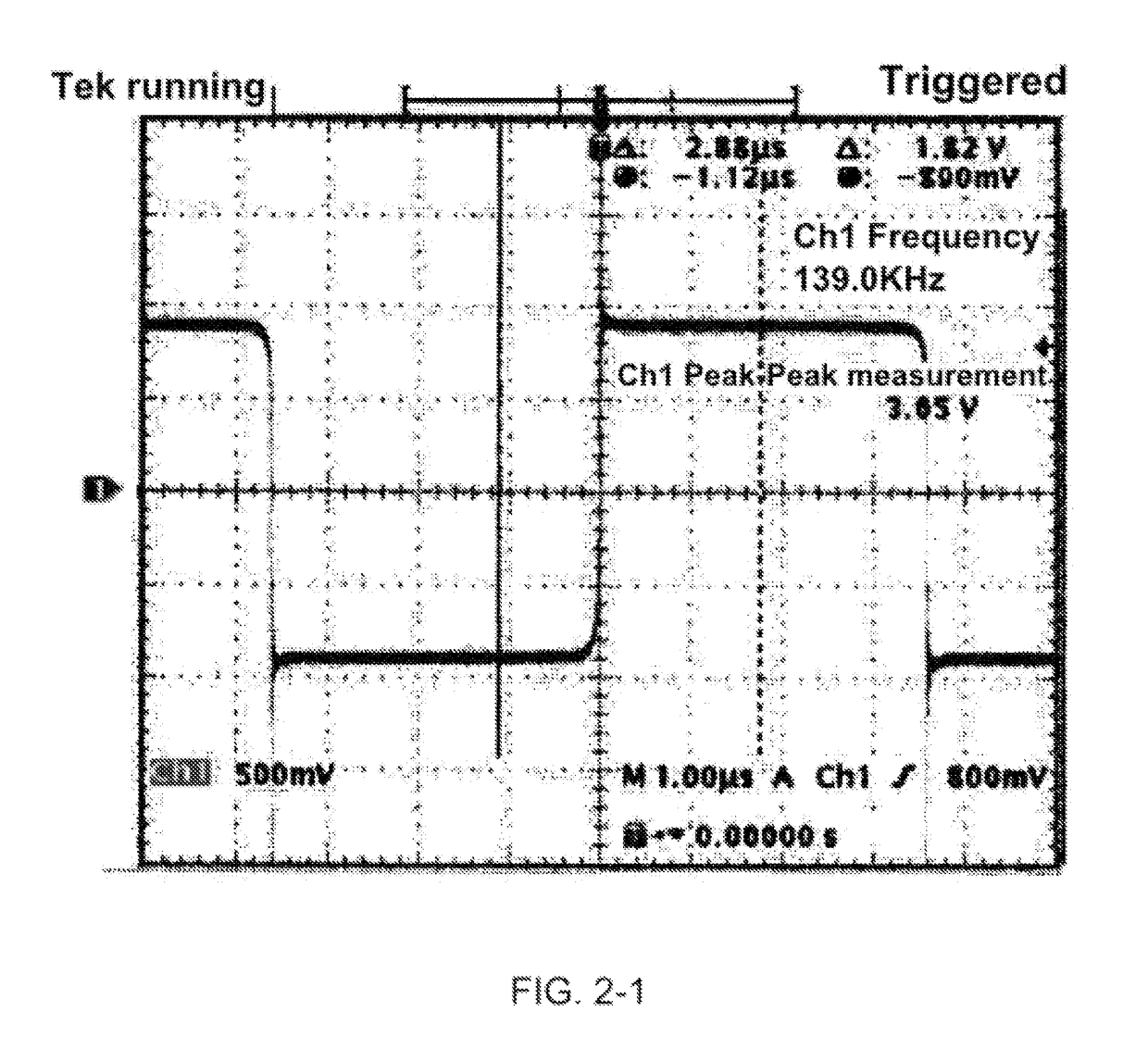Self-excitation push-pull type converter
a push-pull converter and self-excitation technology, which is applied in the direction of dc-dc conversion, power conversion systems, fixed transformers, etc., can solve the problems of increasing copper loss, reducing instead of increasing the conversion efficiency of the converter, and difficult to select between these parameters. , to achieve the effect of improving efficiency, reducing the number of coil turns, and improving the efficiency of the self-excitation push-pull converter
- Summary
- Abstract
- Description
- Claims
- Application Information
AI Technical Summary
Benefits of technology
Problems solved by technology
Method used
Image
Examples
embodiment 1
[0105]FIG. 9-1 to FIG. 9-4 show the magnetic core used in the transformer in the self-excitation push-pull converter of embodiment 1 of this invention, this magnetic core has a small partial section with a sectional area smaller than that of the magnetic core in the existing technology, and the length of this partial section is short. Accordingly, to clearly demonstrate the effect of this embodiment, the sectional area of the main section is set to be the same as that of the magnetic core of the existing technology.
[0106]The ratio of the main section sectional area to partial section sectional area is the reciprocal of the percentage points described in the technical plan, denoted as constant k, as the reciprocal of 4% in the above technical plan, i.e., between 1.25 times and 25 times. FIG. 5 shows the ring shaped magnetic core of the existing technology, with a constant sectional area as shown and, according to the existing generally known knowledge, the inductance of the coil woun...
embodiment 2
[0153]In embodiment 2 of this invention, the transformer used in the self-excitation push-pull converter is slightly different from that in embodiment 1, in embodiment 1, the main section has the same sectional area as that of the magnetic core of existing technology, while the sectional area of the partial section is smaller than that of the existing technology, with a ratio of l / k. To fully demonstrate the effect of this embodiment, in the transformer magnetic core used in embodiment 2 of this invention, the sectional area of the partial section is equal to that of the existing technology, that is, the sectional area of the main section is k times that of the existing technology.
[0154]FIGS. 11-1, 11-2 and 11-3 are respectively the front view, side view and top view of the magnetic core for comparison of the existing technology with that in embodiment 2 of this invention, suppose the sectional area of the magnetic core of the existing technology is S2, when we substitute it into fo...
embodiment 3
[0180]FIG. 15-1 to FIG. 15-3 show the transformer magnetic core used in the self-excitation push-pull converter of embodiment 3 of this invention, FIG. 15-1 is the front view of the transformer magnetic core used in embodiment 3 of this invention; FIG. 15-2 is the side view of the transformer magnetic core used in embodiment 3 of this invention; FIG. 15-3 is the top view of the transformer magnetic core used in embodiment 3 of this invention; and FIG. 15-4 is the 3D view of the transformer magnetic core used in embodiment 3 of this invention. There is also a small partial section 53 with a small area of the magnetic core, the main section 52, and the length of the partial section is very short. The working principle is identical to that in the above description of the invention and in embodiments 1 to 2, so it will not be repeated here.
PUM
| Property | Measurement | Unit |
|---|---|---|
| length | aaaaa | aaaaa |
| length | aaaaa | aaaaa |
| outer diameter | aaaaa | aaaaa |
Abstract
Description
Claims
Application Information
 Login to View More
Login to View More - R&D
- Intellectual Property
- Life Sciences
- Materials
- Tech Scout
- Unparalleled Data Quality
- Higher Quality Content
- 60% Fewer Hallucinations
Browse by: Latest US Patents, China's latest patents, Technical Efficacy Thesaurus, Application Domain, Technology Topic, Popular Technical Reports.
© 2025 PatSnap. All rights reserved.Legal|Privacy policy|Modern Slavery Act Transparency Statement|Sitemap|About US| Contact US: help@patsnap.com



